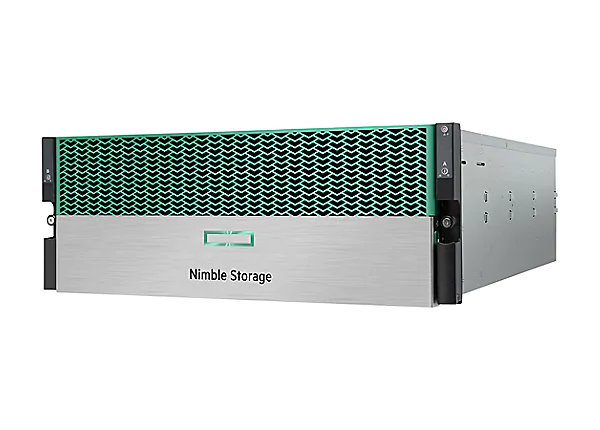Microsoft Azure Stack Hub is an extension of Microsoft Azure or Azure Public Cloud, which is located on-premises rather than in a cloud data center. Azure Stack Hub is deployed on hardware that is customer owned and operated. However, the Azure Stack Hub implementations differ from cloud data centers in both scope and scale due to the limited number of physical nodes in an Azure Stack Hub solution. Azure Stack Hub scales between 4 and 16 hybrid nodes and 4 and 8 all-flash nodes. Azure Stack Hub does not include all of the features or virtual machine (VM) types or services currently available in Azure Cloud Services, but a subset that are appropriate for hybrid, on-premises cloud deployments. Azure Stack Hub mimics the most common features of Azure Public Cloud and gives the consumer an easy transition from Azure Public Cloud when data needs to exist on-premises. The primary method of managing an Azure Public Cloud instance (the Azure portal) is almost identical to the method of managing an Azure Stack instance (the Azure Stack portal). This management paradigm, while similar to Azure Public Cloud, is foreign to classic on-premises computing management as it relates to managing common industry hypervisors (such as VMware vSphere® Hypervisor or Microsoft Hyper-V). A VM infrastructure owner commonly considers the effects of hosting very dissimilar VMs on the same host in relation to resource consumption. These options for heavily customized VMs are not available to Azure Stack Hub consumers, and while this lack of choice could be considered a detriment, this removes the need to manage and monitor these resources separately. Microsoft Azure Stack Hub currently provisions storage utilizing internal disk from hyperconverged nodes managed by Storage Spaces Direct (S2D). External direct-attach storage is not supported under the Microsoft Azure Stack Hub design options. Therefore, the total capacity and performance available is capped by the maximum number of nodes in the scale unit, the disk drive configurations available from each OEM vendor, and the specific characteristics of the VM type deployed. This differs from Microsoft Azure Stack HCI where the solution is managed using classic server tools such as Windows Admin Center (WAC) or Remote Server Administration Tools (RSAT). Microsoft Azure Stack HCI also uses Storage Spaces Direct (S2D), but allows for native attachment mechanisms for both additional direct-attach storage or Storage Area Networks. This paper does not cover Microsoft Azure Stack HCI-based solutions as the approach is more similar to classic Windows Server 2016 and Windows Server 2019 installations and these concepts are foreign to Microsoft Azure Stack Hub. Since the release of the Microsoft Azure Stack Hub (originally called Azure Stack) solution, customers and partners have requested flexibility to leverage external storage arrays to support key workloads, along with ability to leverage key features such as migration, replication, and high availability. To meet these requests, HPE ProLiant for Microsoft Azure Stack Hub product management initiated an internal project that included HPE ProLiant for Microsoft Azure Stack Hub engineering teams, Microsoft Azure Stack Hub engineering, and HPE Nimble Storage array engineering to investigate the viability of leveraging HPE Nimble Storage arrays as an external iSCSI storage option.
This white paper is intended for IT administrators and architects, storage administrators, solution architects, and anyone who is considering the installation of the HPE ProLiant for Microsoft Azure Stack Hub and requires additional on-premises storage.
